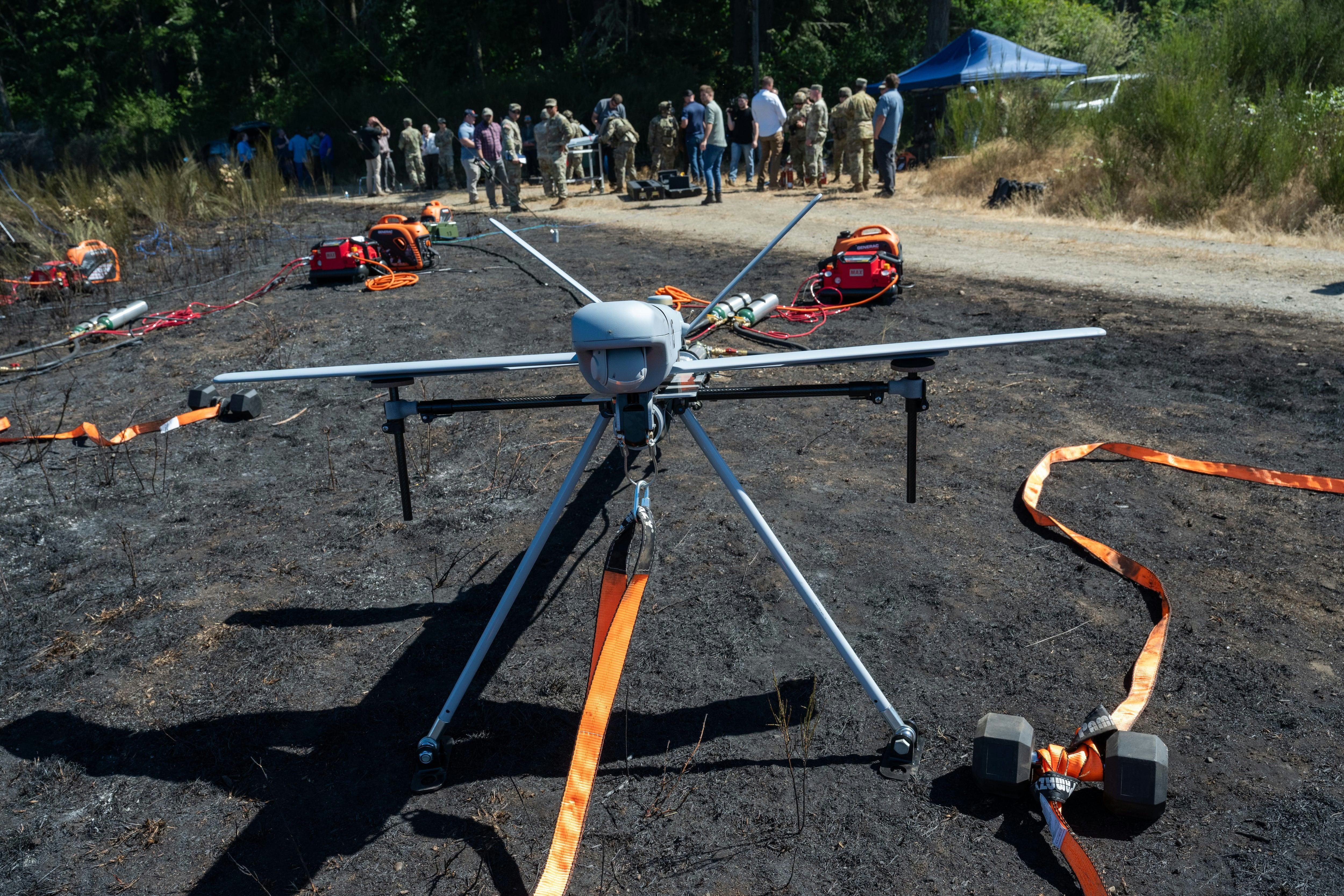
AeroGenie — 您的智能副驾驶。
热门趋势
Categories
Air Cab Tested at Langley with 35-Foot Crash Simulation
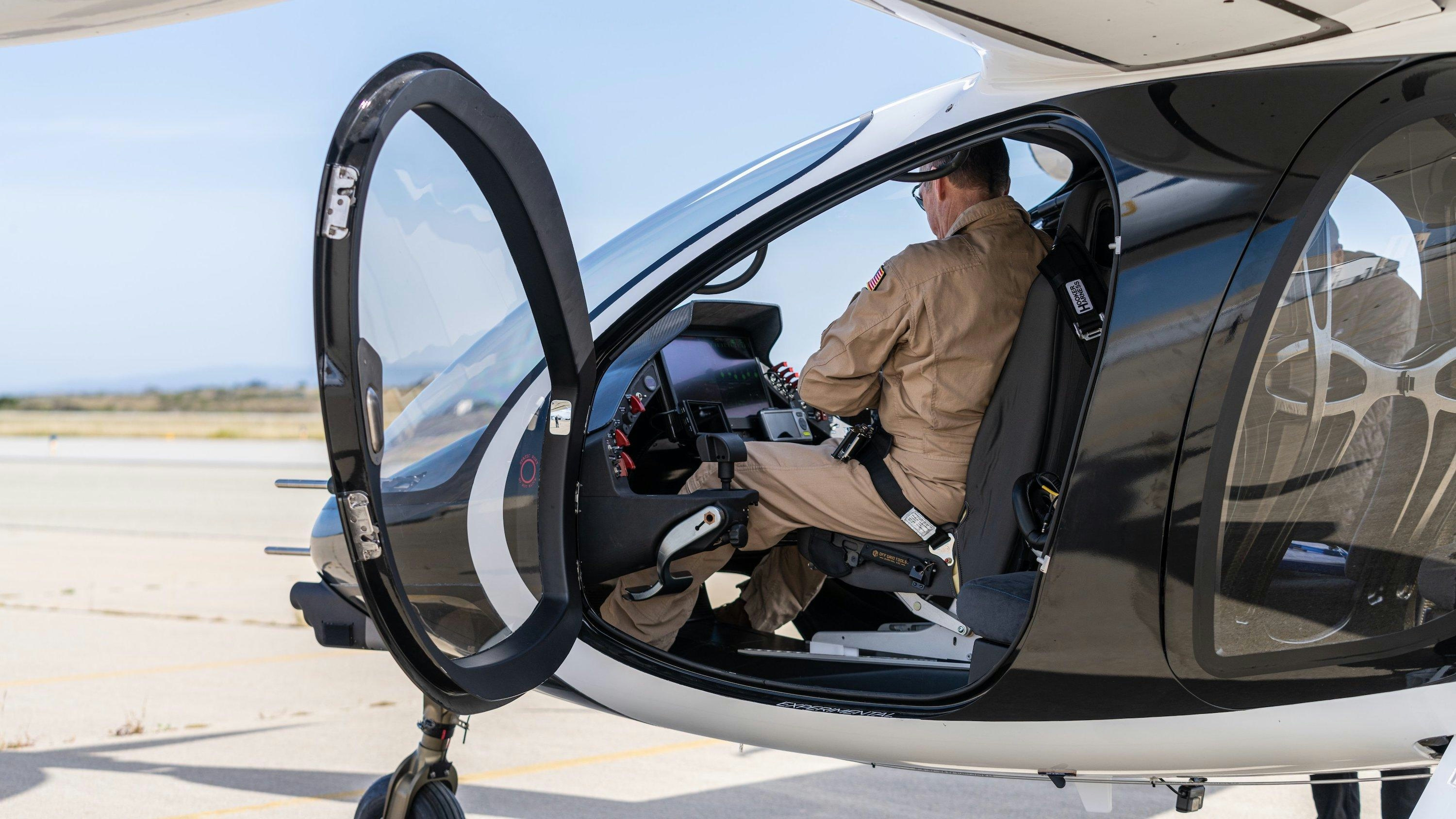
Air Cab Tested at Langley with 35-Foot Crash Simulation
Advancing Safety in Urban Air Mobility
NASA is making significant strides in the development of electric air taxis, aiming to transform urban transportation through the use of lightweight and innovative materials. As the aviation sector prepares to introduce these vehicles into city environments, ensuring passenger safety during potential accidents has become a paramount concern.
On June 26, researchers at NASA’s Langley Research Center in Hampton, Virginia, conducted a critical drop test to analyze crash dynamics. The experiment involved a full-scale air taxi fuselage, which was elevated 35 feet (10 meters) above the ground using a steel gantry. The structure was then released to swing forward and impact the ground, simulating a crash scenario. This test incorporated a 10-degree yaw angle to comply with Federal Aviation Administration (FAA) certification requirements and built upon a similar test performed in 2022.
Insights from the Crash Simulation
Following the impact, the research team evaluated the response of the air taxi’s structure, including simulated batteries and energy-absorbing subfloors designed to function like automotive crumple zones. The results closely aligned with enhanced computer simulations, thereby validating the predictive models employed in air taxi design. Additional mass was added beneath the floor to replicate the presence of batteries, a common feature in electric air taxis, enabling the collection of data on acceleration forces that could affect both the vehicle’s components and its passengers.
These tests serve multiple critical functions: they contribute to the refinement of structural designs for future air taxis, facilitate the integration of advanced energy-absorbing technologies, inform the development of more precise safety regulations, and validate simulation tools essential for aircraft certification. Moreover, the findings are shared with industry stakeholders and the public to accelerate the safe advancement of this emerging technology.
Context and Challenges Ahead
This research forms part of NASA’s Revolutionary Vertical Lift Technology project within the Advanced Air Vehicles Program, which supports the broader Advanced Air Mobility mission. The initiative aims to provide vital data to companies developing electric air taxis and drones intended for urban and suburban use.
Despite these advancements, significant challenges remain on the path to widespread adoption. Regulatory agencies such as the FAA continue to work on establishing certification standards tailored to these novel aircraft. The 35-foot crash simulation highlights ongoing safety concerns that must be addressed before air taxis can be deployed at scale. Meanwhile, established industry players, including Uber and Nuro, are intensifying competition, accelerating development timelines, and increasing investments in safety and infrastructure.
Market responses to these developments are varied. Some investors remain cautious due to high development costs and technological uncertainties, while others recognize substantial growth potential in the urban air mobility sector. Competitors are expected to respond by enhancing their own safety testing and infrastructure efforts to maintain a competitive advantage.
As the prospect of flying taxis draws nearer, NASA’s research is laying a crucial foundation for safer and more reliable urban air transportation, helping to shape the future of mobility in cities around the world.

Lufthansa's Fleet Plans for 2025
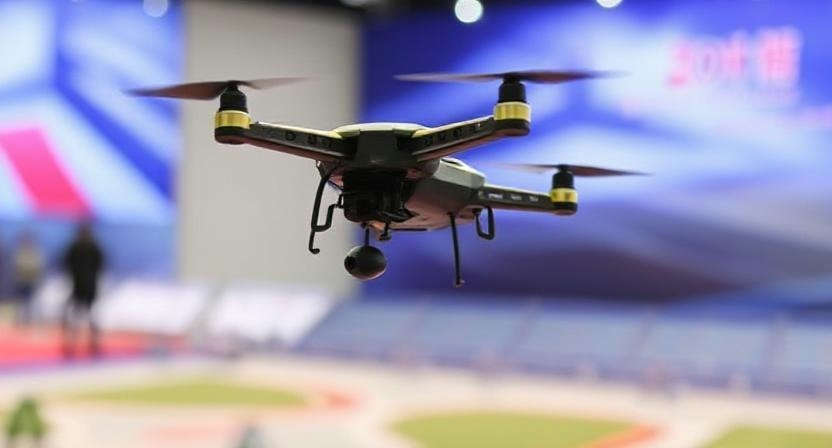
Fifteenth National Games Model Aviation Finals in Longhua Showcase Drone Sports and Innovation
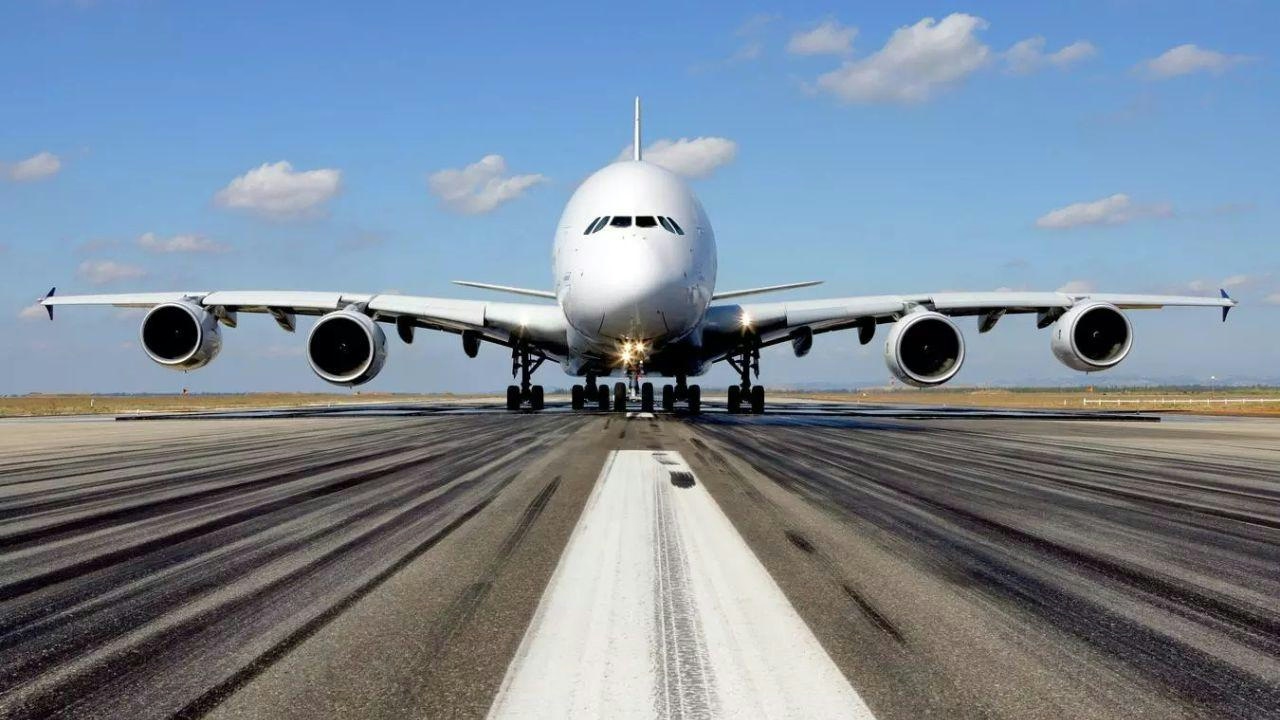
Brazilian Woman Becomes First Female Captain of Airbus A380

Airbus and Boeing: Comparing Their Global Reach
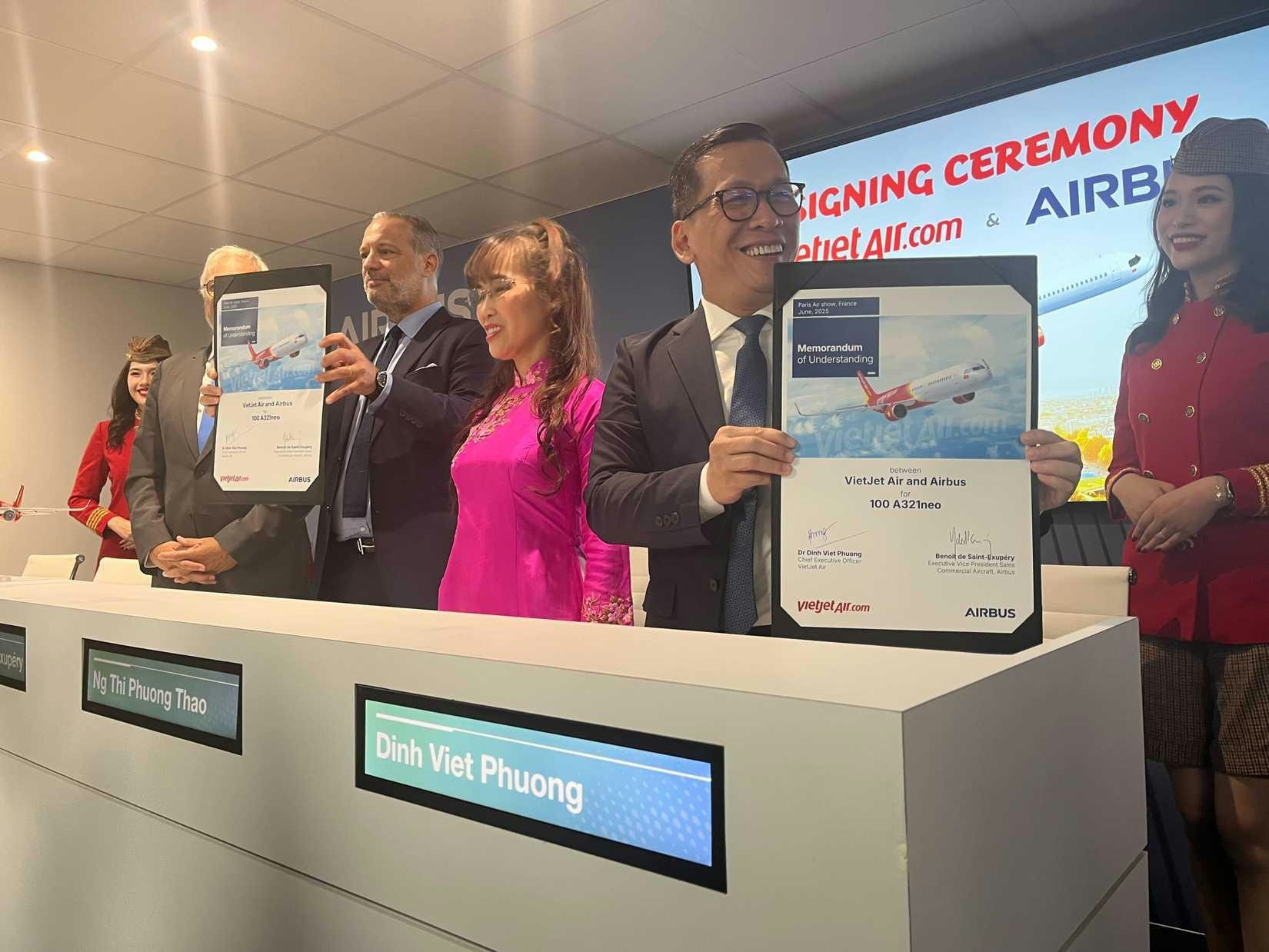
Vietjet Orders 100 Airbus A321neo Jets, Strengthening UK-Vietnam Strategic Partnership

The Aircraft Set to Replace the Iconic Superjumbo

Delta Air Lines Introduces AI-Powered Concierge Service

Shanghai to Host 2025 North Bund International Aviation Forum

Air Methods Acquires Three Bell 407GX Helicopters and Receives Bell 429 for Medical Fleet
